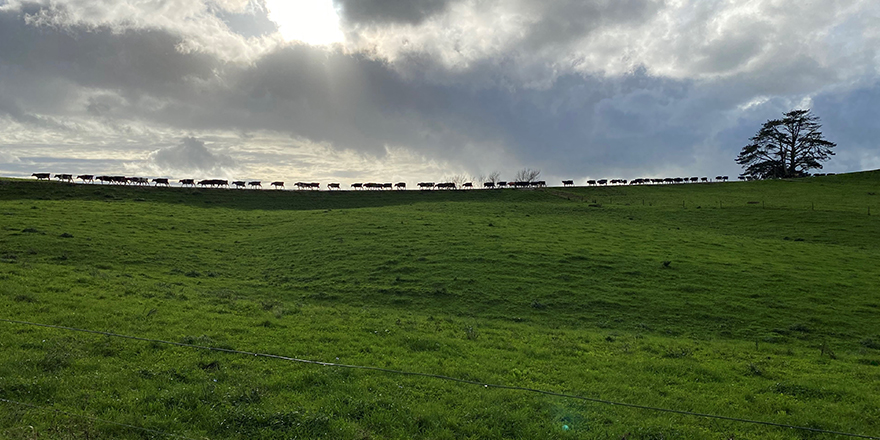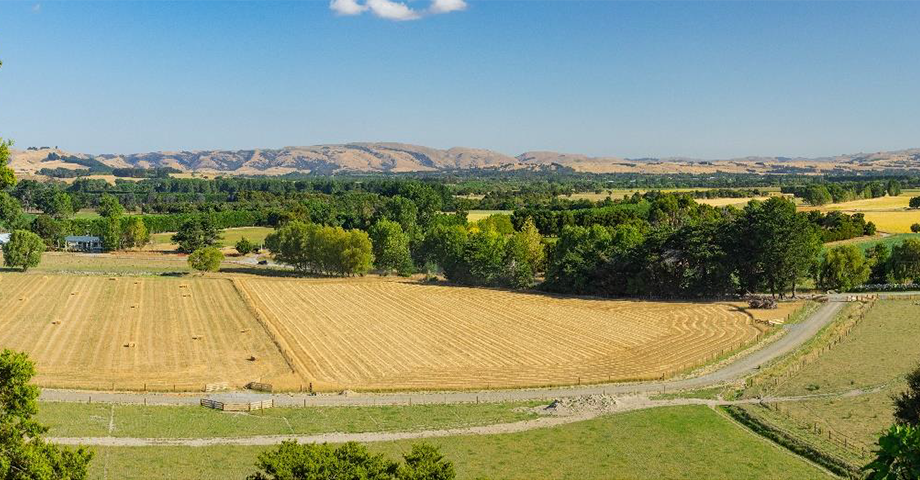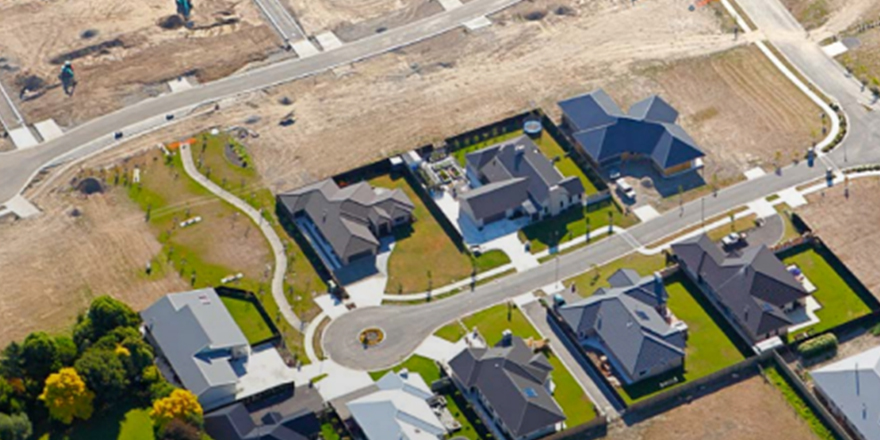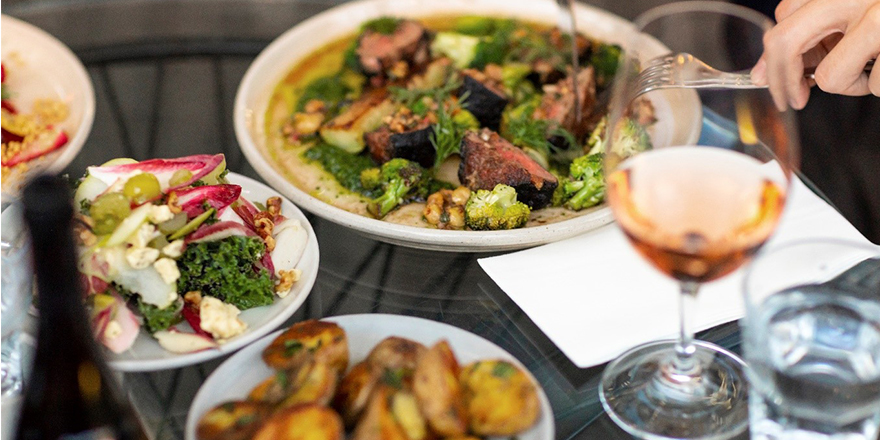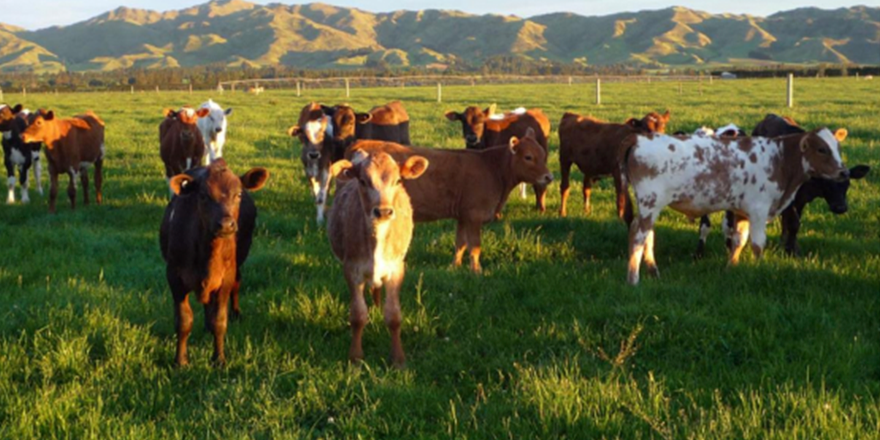
Executive summary
The New Zealand dairy industry has a growing risk with social licence to operate due to increased pressure from both customers and the public on the practice of slaughtering between 1.8 – 2.5 million surplus calves at an early age, either as a bobby calf or euthanised on farm.
Internationally there is a significant veal market, with much of the production for this coming from surplus dairy calves. However, despite having the highest global numbers for bobby calves, New Zealand does not yet have a veal industry here to further utilise some of these.
The purpose of this report was to provide some context and further understand the issue with bobby calves and the risk to social licence to operate, and then understand what the opportunities, benefits, challenges, and implications might be at the various points of the value chain with establishing a veal industry in New Zealand as a partial solution to reducing the number of calves slaughtered early.
There were two components to this research. A review of existing literature including research, industry reports, articles and opinion pieces was used in order to evaluate the current international veal systems that exist and how these compare to the opportunity to establish a veal system in New Zealand, where the challenges may be, and what may need to be adapted to suit our country. In addition, semi-structured interviews were conducted with various value chain participants and industry voices including; dairy farmers, calf rearers, finishers, farm consultants, meat processors, dairy processors, research institutes and universities, retail and some international voices. The interviews were used to understand their views on current practices and the associated risks, and then the potential for a veal industry here in New Zealand, how it might fit our systems and what the opportunities and challenges would be.
A veal industry in New Zealand has the potential as a partial solution to help reduce the number of surplus dairy calves slaughtered at a young age. There are a range of benefits and opportunities including a reduction in bobby calves, reduced risk to social licence, improved on-farm mental welfare, improved sustainability outcomes, environmental benefits, and additional revenue for the country through exports of another red meat.
However this a complex topic and includes a number of challenges and barriers that need to be addressed in order to establish a veal industry here including developing the integrated farm systems that suit our country and result in a product that is fit for the desired veal markets, finding sufficient land to incorporate these systems, market development and consumer education, processing capability and capacity, and reduced volatility in pricing to ensure sustainability of supply chain partners.
Further, the whole transition to fewer bobby calves needs to be carefully managed to ensure the current risk to the industry is not further heightened until solutions of scale are available.
The key to any success at scale will be good collaboration between industry sectors and partners. There are a number steps that need to occur for a veal industry to be established here including significant research, modelling and development of farm systems and markets, as well as some trials to develop the supply chain systems. It appears there is movement starting to happen at both industry and commercial levels and it is likely we can expect to see some change in the near future. While there are significant challenges to overcome, I think we may see innovation within the industry and a veal supply chain in New Zealand in the future.
Download and read the full report here

